A quick question, before I begin—is anyone still playing their 3DS at this point in 2017? It seems like with very few exceptions, Nintendo hasn’t held fast to its early assertions that the advent of the Nintendo Switch wouldn’t adversely impact their ubiquitous handheld device. Titles like SPLATOON 2 and the exceptionally well-received MARIO + RABBIDS KINGDOM BATTLE continue to build momentum for the handheld/home console hybrid, but the 3DS’s release schedule has been comparatively scant; large-scale Nintendo releases MIITOPIA and HEY! PIKMIN both sold modestly in Japan but underperformed overseas, leaving 3DS faithfuls like yours truly waiting with bated breath for a stellar offering. METROID: SAMUS RETURNS fits said “stellar offering” bill quite nicely, balancing a slew of gameplay updates and a fresh new 2.5D aesthetic with the same old-school Metroid feel that made Nintendo’s premier sci-fi franchise a hit in the first place.
Back during E3, I expressed some skepticism upon hearing that Spanish developers MercurySteam were collaborating with Nintendo on a reimagining of the Game Boy classic METROID II. Given the developers’ tepid work on the 2010 Castlevania revival LORDS OF SHADOW, there was an understandable amount of worry as to whether or not they would be able to do Metroid justice, especially considering the hype for an official Metroid title in the classic 2D platformer style for the first time since 2004. (2016’s AM2R project doesn’t count, but it’s an amazing fan-project nonetheless.)
All caution was easily assuaged within the first few minutes of gameplay; SAMUS RETURNS is an absolute blast, immediately invoking shades of its vaunted forebears with speedy action and an intricate, labyrinthine map to explore. The dangerous depths of the planet SR388 are brought to life by some of the best visuals the 3DS has seen to date, so much so that the game almost needs to be played in 3D for full effect. The game’s dark, grounded color palette elicits a sense of unease not readily found in the original Game Boy title, and all of the major areas are rife with background detail that give them a distinct personality. The one missing piece here, if anything, is the music; background tracks are largely forgettable and do little beyond providing ambience.
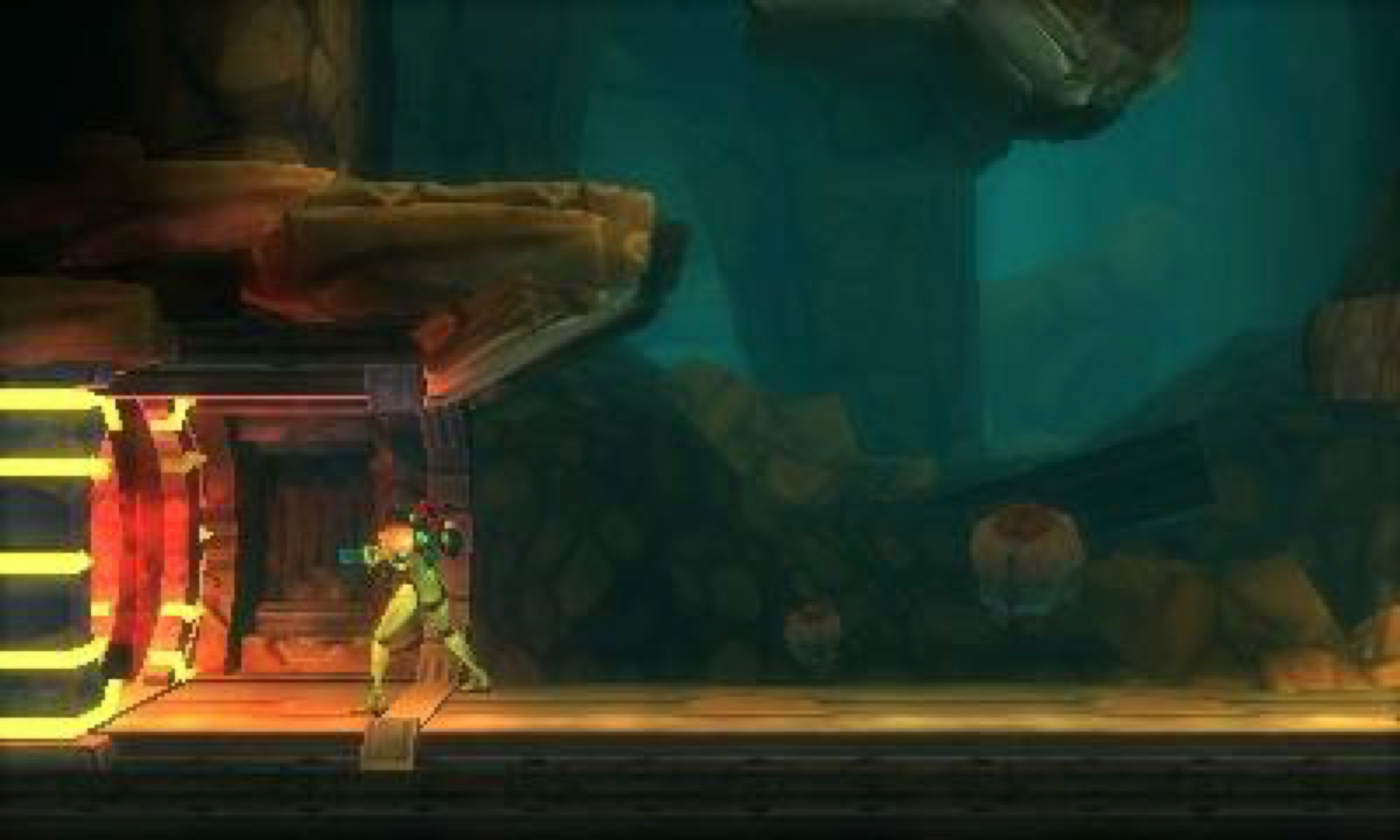
A red doorway spewing flames? Seems legit
Image Source: Screenshot
Despite how unfair it might sound to compare a 2017 game to one that released in 1991, it just shows that METROID II deserved an update for the modern era—and MercurySteam proved themselves up to the task with more than just visuals and a map redesign. Gameplay is still the classic Metroid run-and-gun platforming endeavor, but with two significant new additions. First, by holding the L button, Samus can aim more precisely, making pesky enemies or obstacles that might be otherwise hard to reach much easier to shoot, and second, Samus is now armed with a melee counterattack, a crescent uppercut swing that repels enemies and exposes weak spots.
This riposte generously rewards players who can execute a well-timed parry, but DARK SOULS this is not; SAMUS RETURNS’s difficulty can be generally daunting at times, but it largely encourages heads-up gameplay instead of brutally punishing players for making mistakes. However, a lot of that difficulty gets thrown out the window once Samus acquires the Beam Burst ability—a rapid-fire skill that shreds foes with no regard for their weaknesses—which is a bit of a disappointment, taking into account that a large portion of the early game’s action emphasizes quick reflexes and precise platforming over brute force. Still, the game’s virtues far outnumber its vices, and there are more than enough new power-ups and surprises that make SR388 a shockingly fun playground to tear up.
The real crux of SAMUS RETURNS’s gameplay is just that—the planet as a playground. Without much of a story to speak of, the campaign is just one big excuse to run around and shoot stuff. As players gain more abilities, though, more of the map becomes explorable and previously inaccessible areas take on new life, so it’s common to backtrack in search of hidden pathways when Samus acquires skills like the space jump or the spider ball.
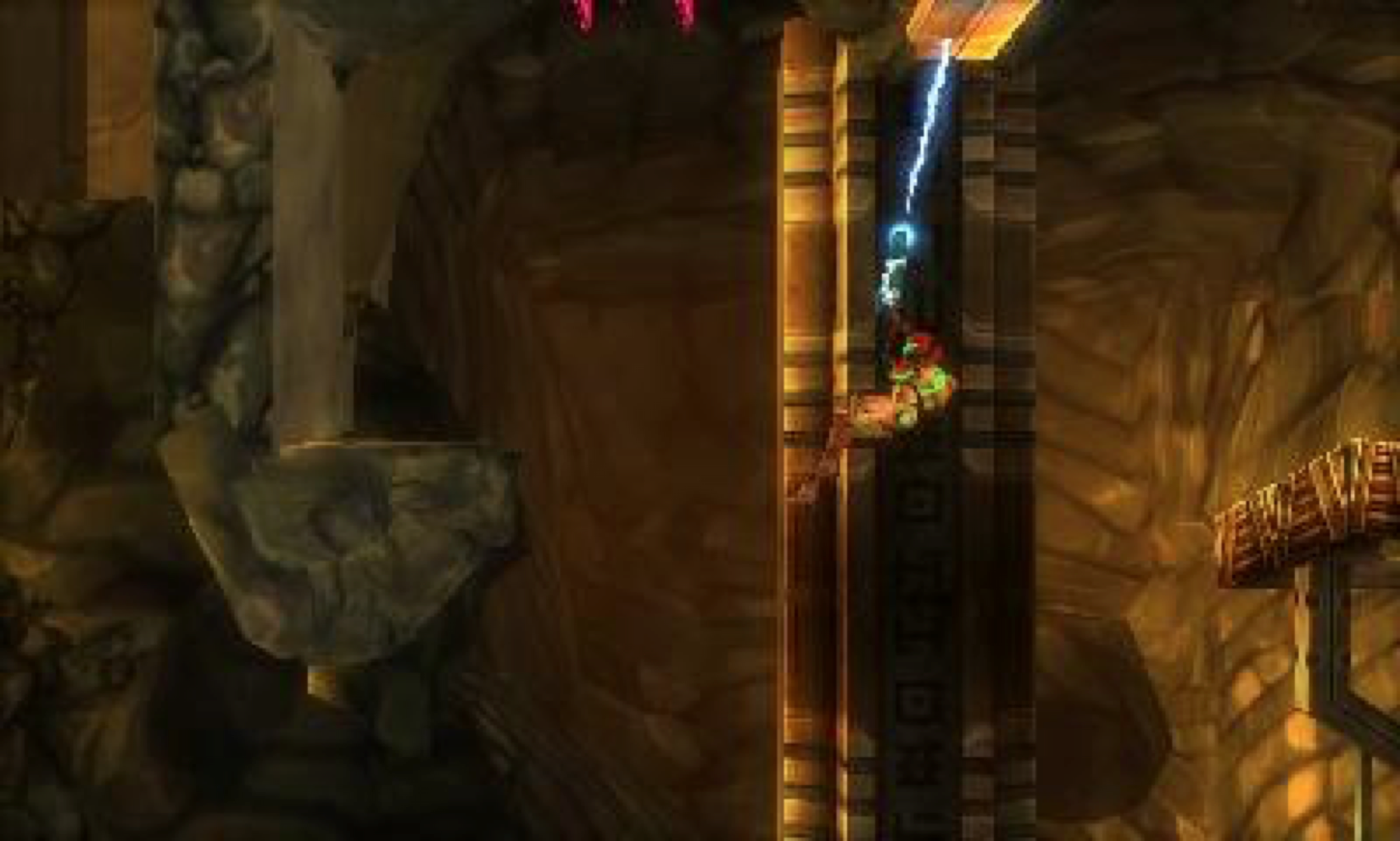
Wheeee!
Image Source: Screenshot
I find that Metroid, and by extension the genre it inspired, is at its best when taking the time to re-explore terrain; though it’s easy to ignore the backtracking and finish the main campaign quickly, SAMUS RETURNS thrives on those “a-ha!” moments where a new weapon or technique calls to mind a mysterious roadblock encountered earlier, or a passageway that couldn’t be traversed. Oftentimes, the prizes for doing so are negligible, such as ammo capacity upgrades or the like, but the true reward lies in the journey and putting the puzzle pieces together. The main campaign only takes about 10 hours or so to complete, which is rather short by today’s standards, but players who take the time to acquire all the scattered upgrades will find many more hours of play hidden as well.
MercurySteam definitely put the pieces in place for METROID: SAMUS RETURNS to go down in history as one of the best classic Metroid games out there. (Sorry if this all feels like a jab at METROID PRIME, because it isn’t.) It’s impressive to think that a studio that had done so little could turn around and do so much under the guidance of one of gaming’s giants, but here I am utterly convinced that Samus never left. No more bated breath—it’s time to exhale.
Verdict: Recommend
Reviewed on 3DS



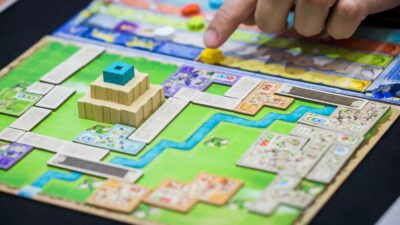
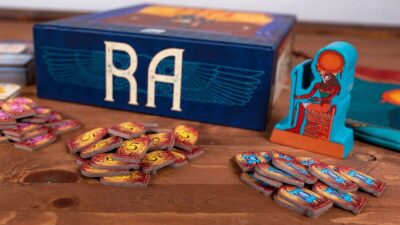
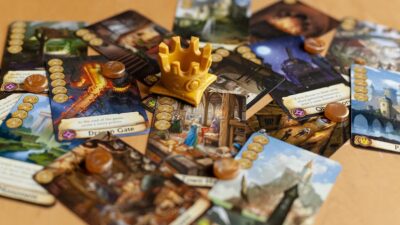



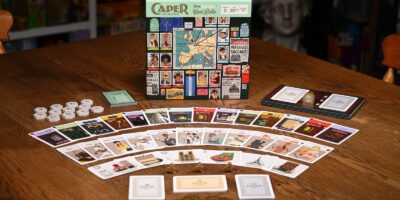
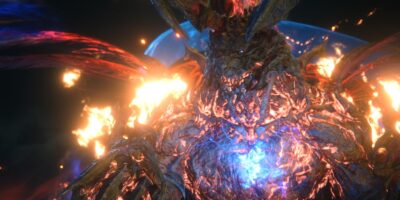



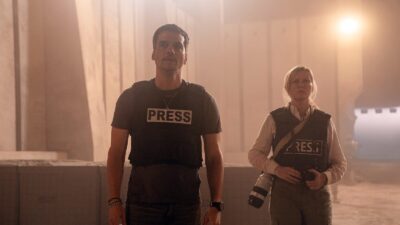
Comments